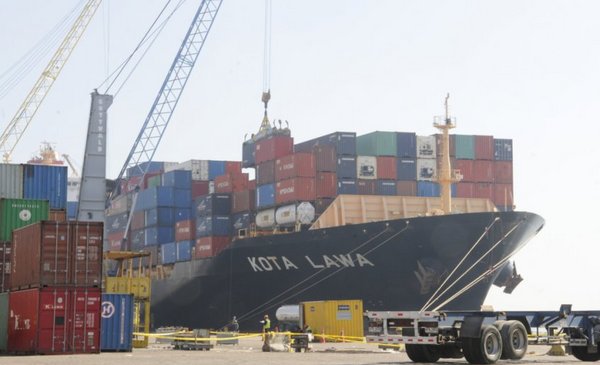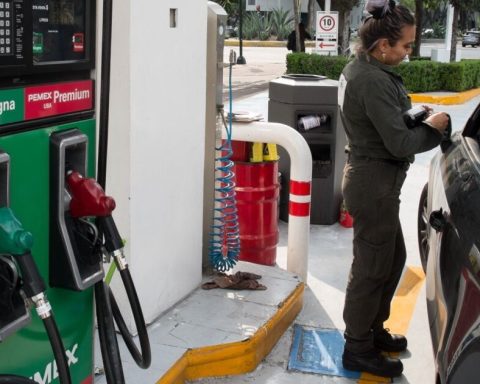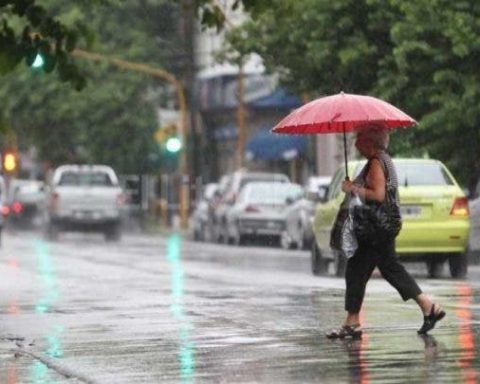The Ceres Leading Index (ILC) remained stable in November (0%), at the same level as October, and interrupted the cycle that had been seven consecutive months of positive rates, according to the data released this Thursday.
The number of variables with an increase in the month fell since August, showing signs of a certain slowdown in the recovery trend. The new data is not enough to affirm that the economy is in a pause in the recovery phase that began in April, but the record gives a signal that is linked to decreasing rates in previous months.
Another part of the report explains that despite the fact that the emergency has not been officially lifted, the limited number of people studying covid-19 generates space for a reactivation in various sectors of the economy, although in November, the ILC shows that the upturn in the level of activity has no firm force.
The ILC recorded eight consecutive months of declines between November 2019 and June 2020, then recovered and gave four positive months (July to October). Afterwards, it registered oscillations between November 2020 and March 2021, and from April to October it gave sustained growth, but remained constant in November.
The ILC is a leading indicator of the level of activity, which is used to predict changes in the business cycle. It does not allow quantitative projections on the levels of economic activity, but is designed to give signals about the sign of the evolution of general economic activity.
On the other hand, the Diffusion Index It goes along the same lines, because in November it gave 50%, which shows that half of the variables that make up the ILC registered positive rates in the month. This indicator is complementary to the Leader Index and measures the breadth of the support base of its monthly movement, since it considers the proportion of the ILC variables with positive rates in each month.
The Diffusion Index, during 2020, had been 60% in July, 70% in August, 80% in September, 50% in October and November, and 80% in December. In 2021, it was 80% in January, 40% in February, 50% in March and April, 80% in May, 70% in June, 90% in July and August, 70% in September, 60% in October and 50 % in November.
By sectors
According to Ceres, the agricultural sector it has pushed the recovery of activity, and its growth prospects remain good. High prices in the historical comparison of the products that Uruguay exports, and an increase in international demand -especially from China- mean that the sector continues to be one of the engines of the local economy.
While, industrial production It has been above pre-pandemic levels for several months, but the evolution is heterogeneous, and the impulse is in the branches of the export sector. Meanwhile, those branches related to domestic consumption, most affected by the pandemic, are returning to 2019 production hand in hand with improved health.
Construction it is one of the sectors that pushed the recovery of activity, after the fall in March and April 2020, and continues at good levels. The current situation of the sector is strongly linked to the works related to the construction of the Central Railroad and UPM-2.

















